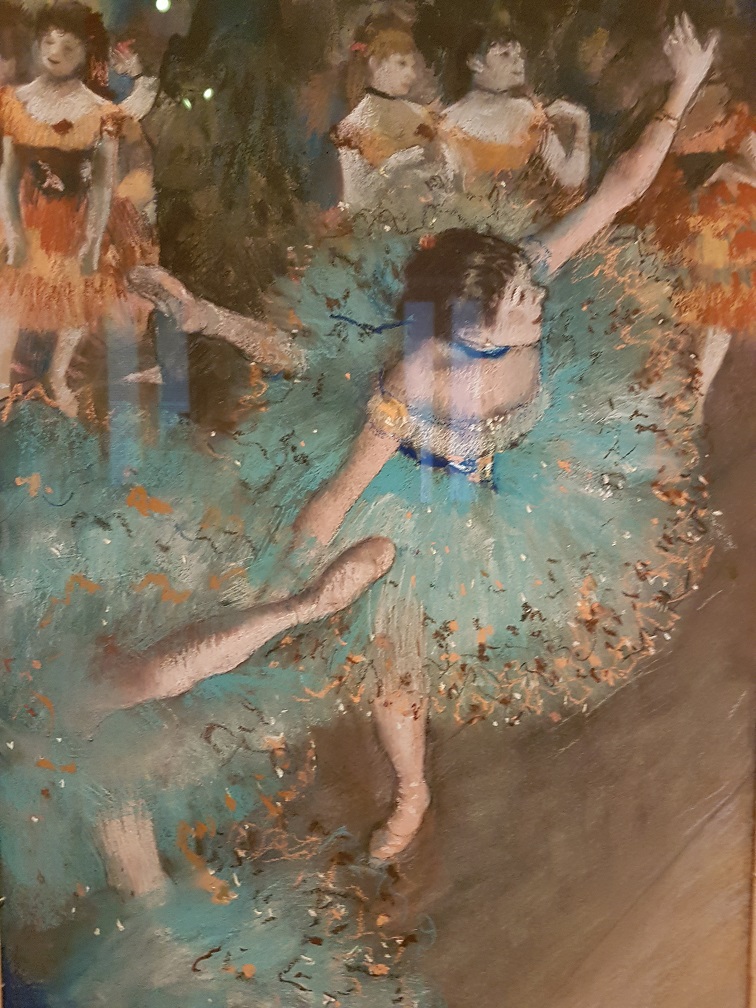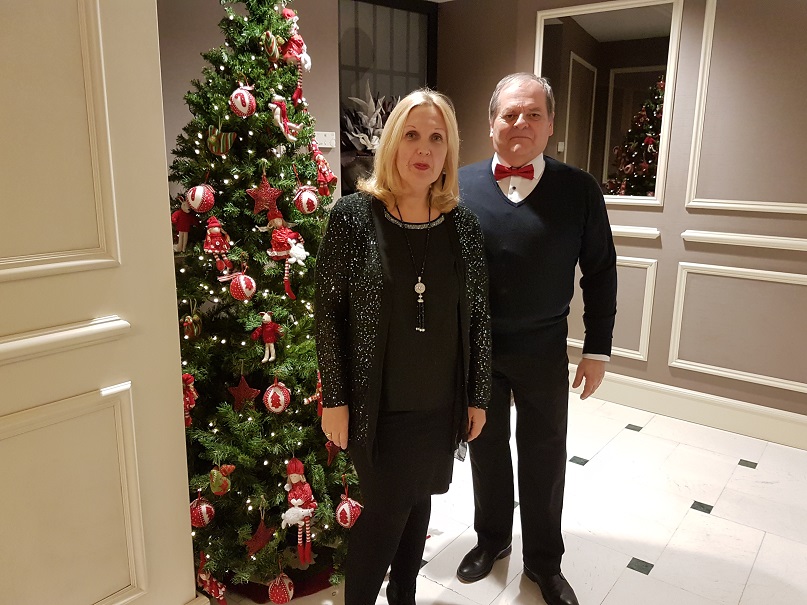

Moscow and St. Petersburg are historically closely linked. Since 1478 the Grand Prince of Moscow used the title of "Tsar"
and from 1480 Moscow was the capital of an independent Russian Empire. In 1712 Tsar Peter the Great relocated the capital to
St. Petersburg. Moscow remained cultural and economic center of Russia until the mid-19th century. From 1721 the rulers in
St. Petersburg called themselves "Emperor".
St. Petersburg is a city built after Western culture that shows the distinct influence of Italian architects. In Moscow one finds
even in todays, very modern city, still much old Russian culture. 1918 the capital of the new Soviet State relocated to Moscow again.
After the collapse of the Soviet Union, Moscow remained the capital of the Russian Federation.
The first part of the trip was devoted to Moscow. We visited the Moscow Kremlin, with his Cathedrals, the Kremlin Museum and
the residence of the Russian President. On the Red Square we visited the Lenin Mausoleum with the other honorary graves of the Soviet
leaders, as well as the department store GYM. Further sights were the Tretyakov Gallery, the Pushkin Museum, the Glasunov Museum, and
the Museum of the Russian Ministry of Foreign Affairs, as well as the Cathedral of Christ the Savior, the most significant sacral
building in Moscow.
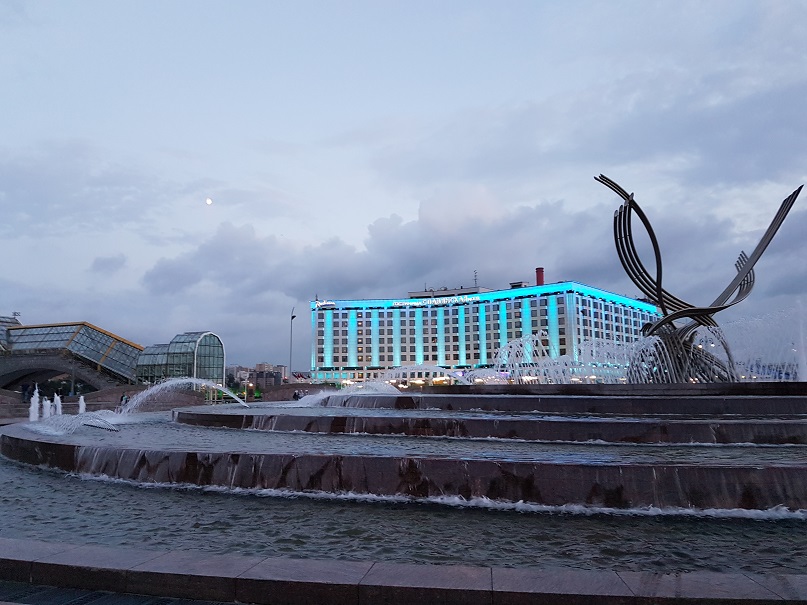




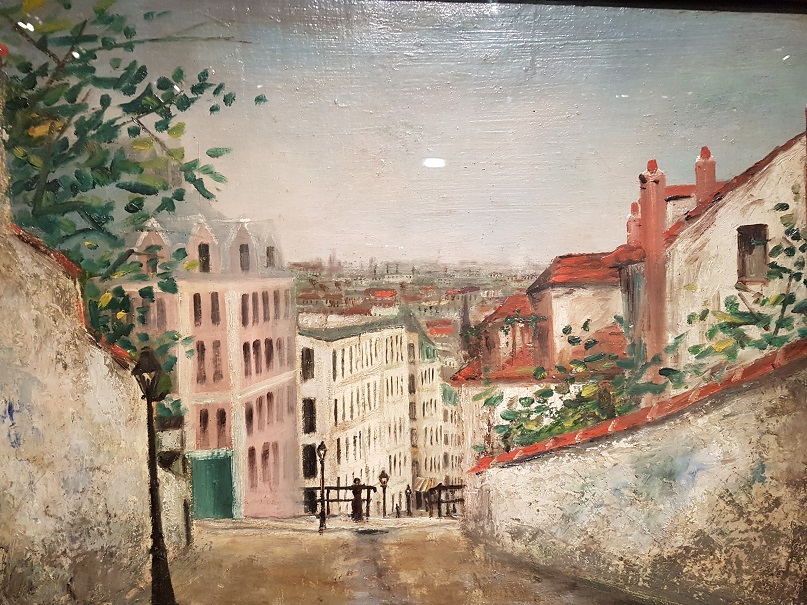

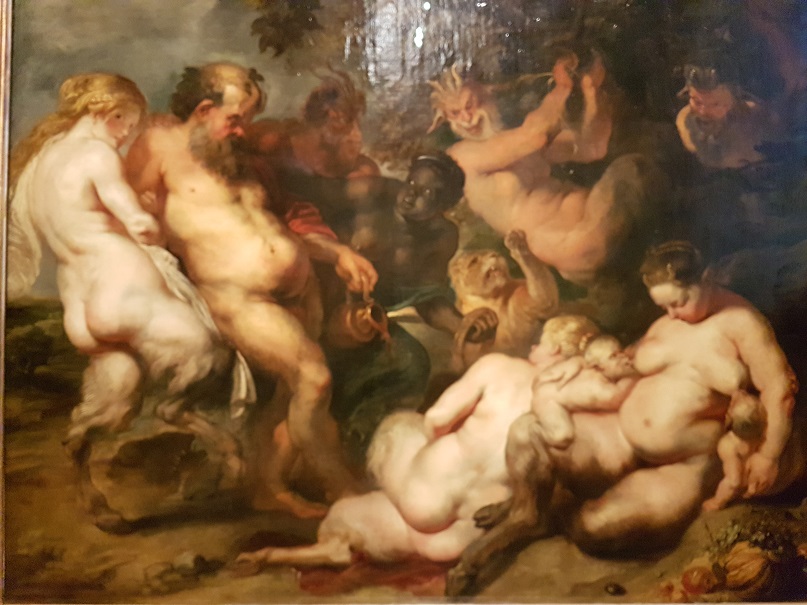


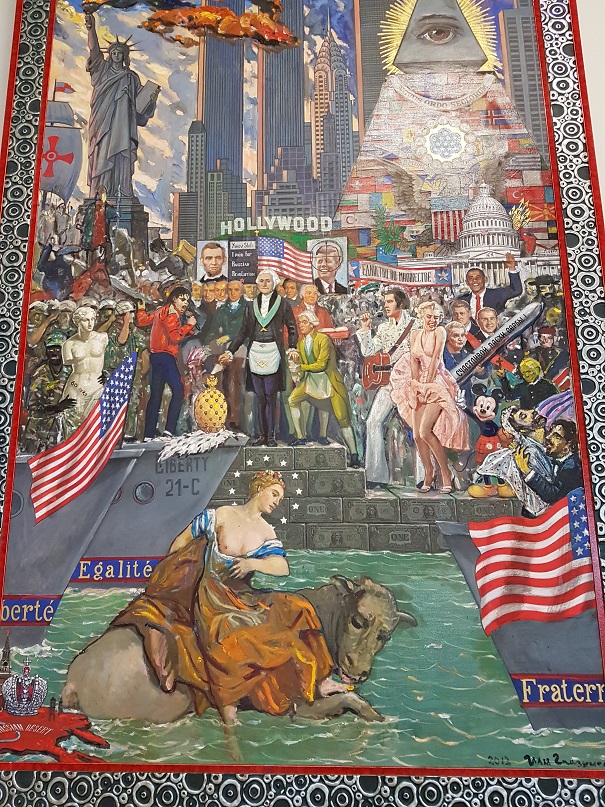



On July 24, the trip from Moscow to St. Petersburg was made by express train . Our hotel was only a few minutes by foot from the Hermitage, which houses one of the largest collections of Western European art. This is a central part of downtown St. Petersburg which is listed as a UNESCO World Heritage place. There are around 75,000 exhibits in 350 halls. The large complex of the Hermitage also includes the Winter Palace, with the premises of the Russian Emperors. At the Russian Museum and the associated Mikhailov's palace, the focus is on Russian art, as in the Moscow Tretyakov gallery. Other highlights of the trip were the Peter and Paul Fortress, the summer residence of the Russian emperors Tsarskoe Selo (Tsar's village), the famous palace complex Peterhof on the Gulf of Finland, the nearby Konstantin-palace in Strelna - a residence of the Russian President, and the Palace in Gatchina. The palace in Gatchina was originally built by Count Grigori Orlov, the favorite of Empress Catherine II. Later, Catherine's son, Emperor Paul I, rebuilt this palace to his plans.


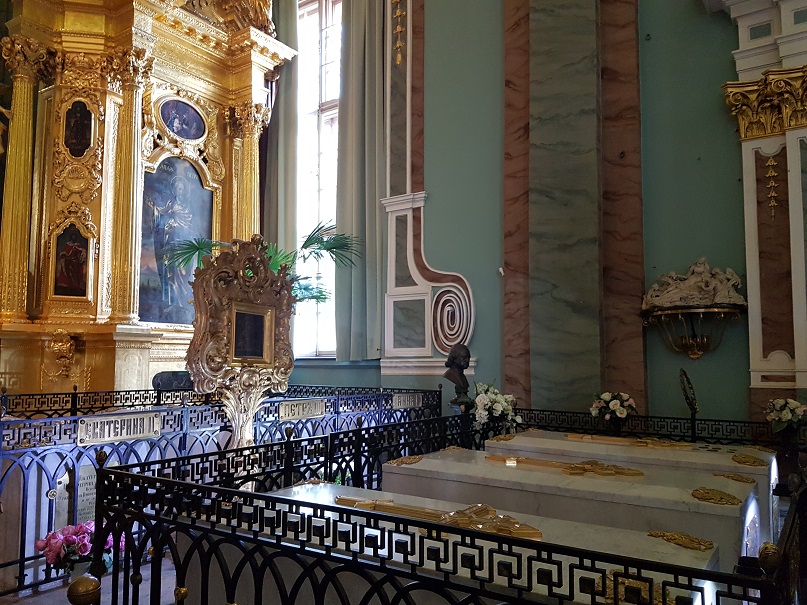


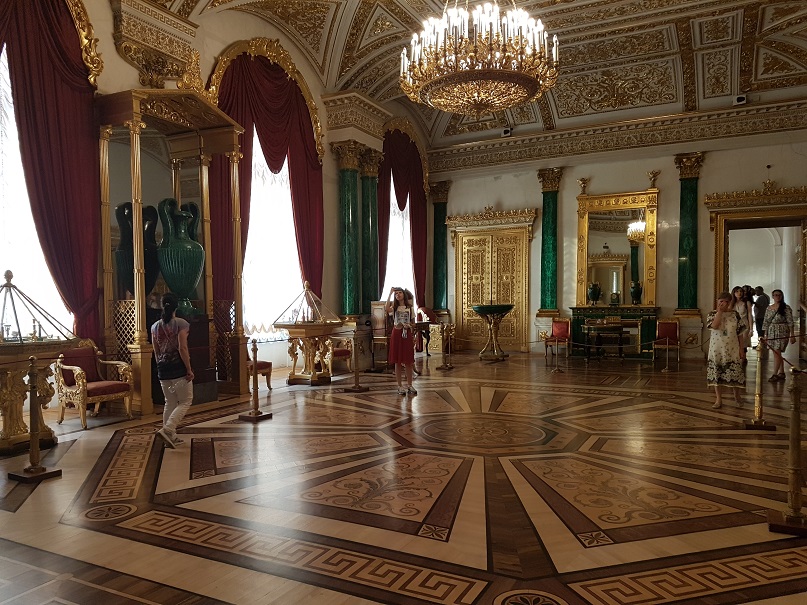
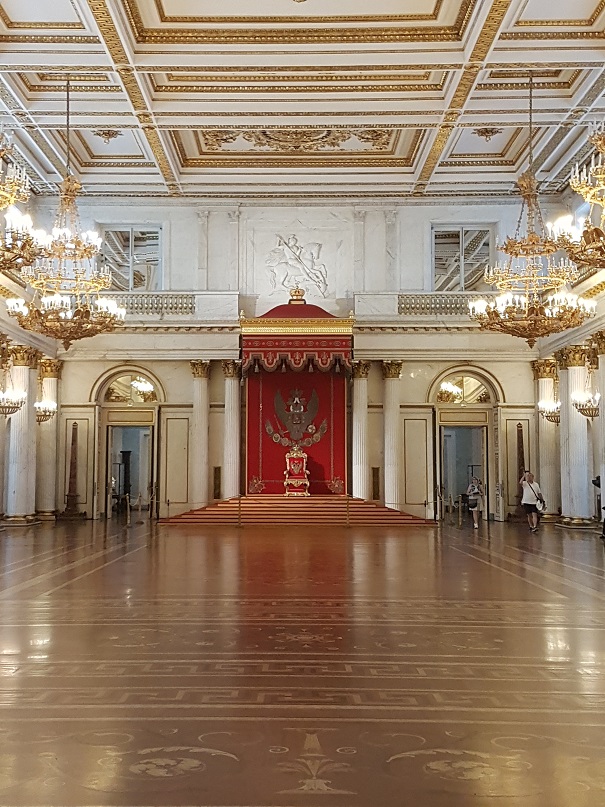

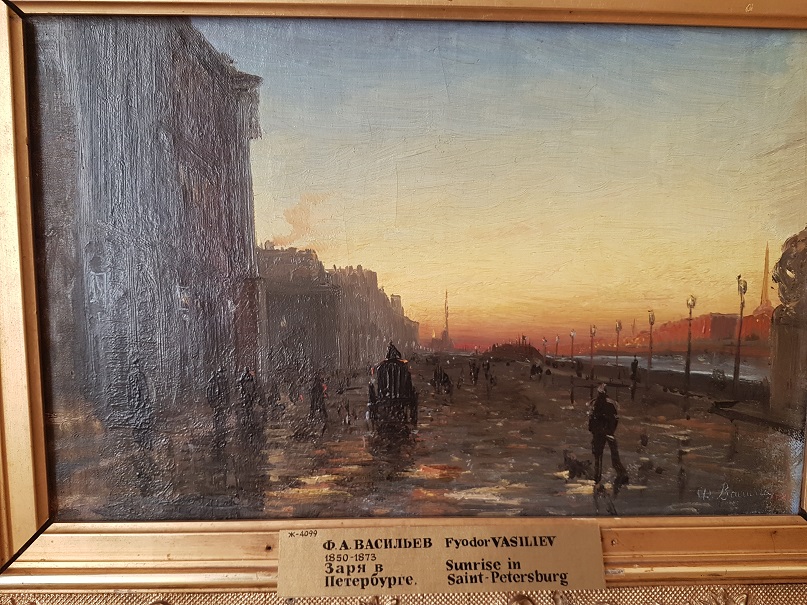



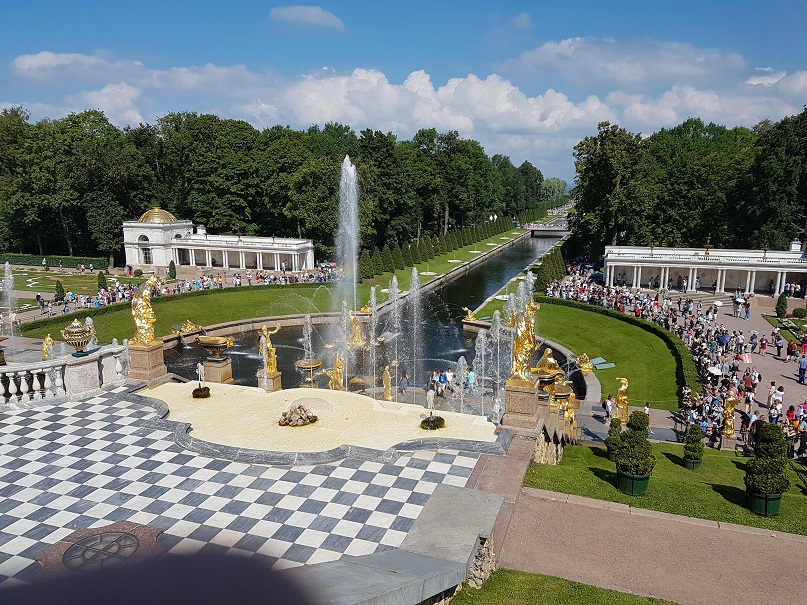

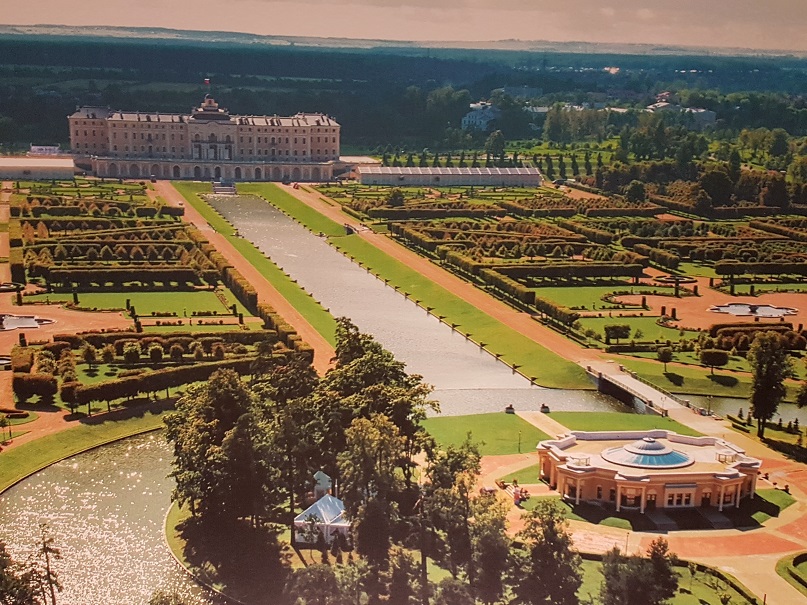

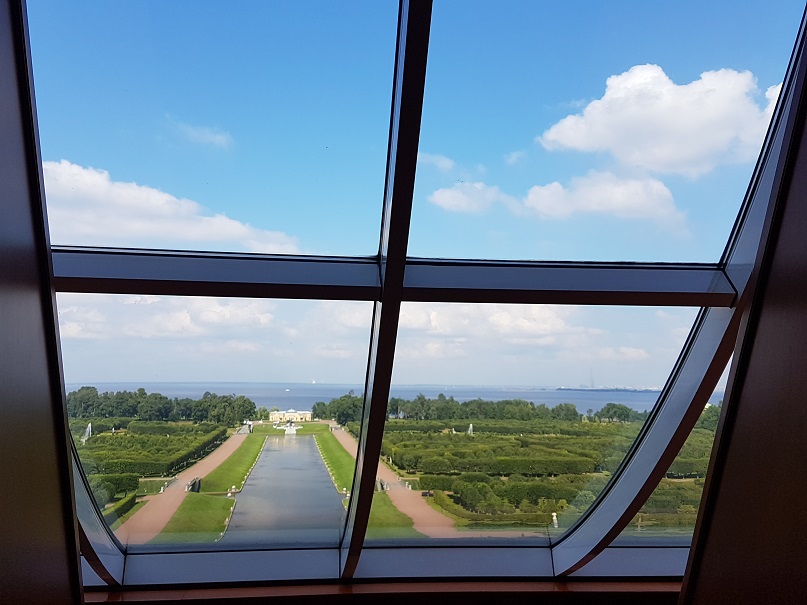
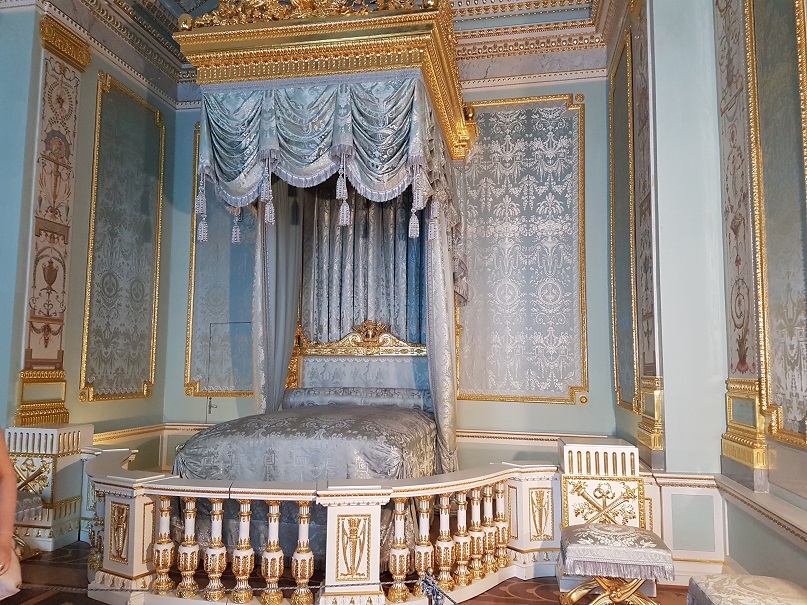

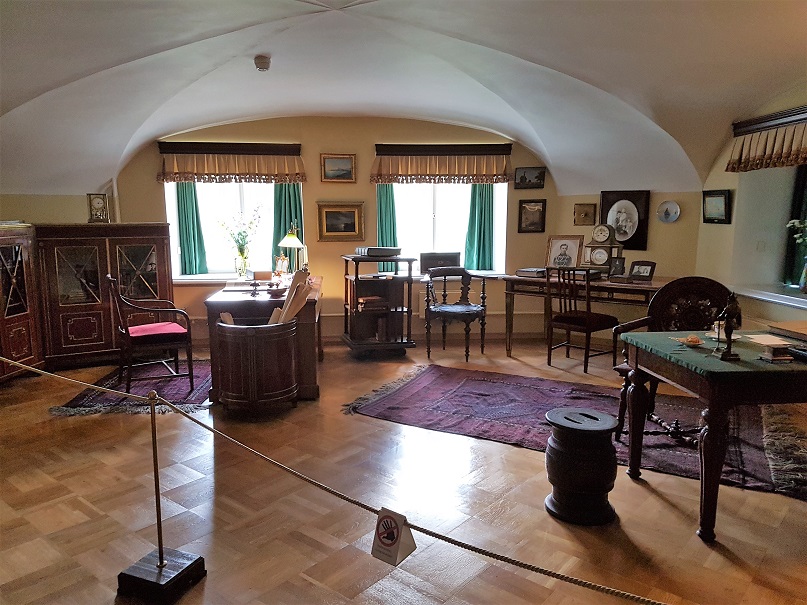
This year InterKulturForum organized its first commercial trip. The topic was the world cultural heritage in Israel, covering the historical remains of the roman town Caesarea, the old port Akko, used by the crusaders, the modern city of Haifa, and the city of Jerusalem, considered holy by three world religions.

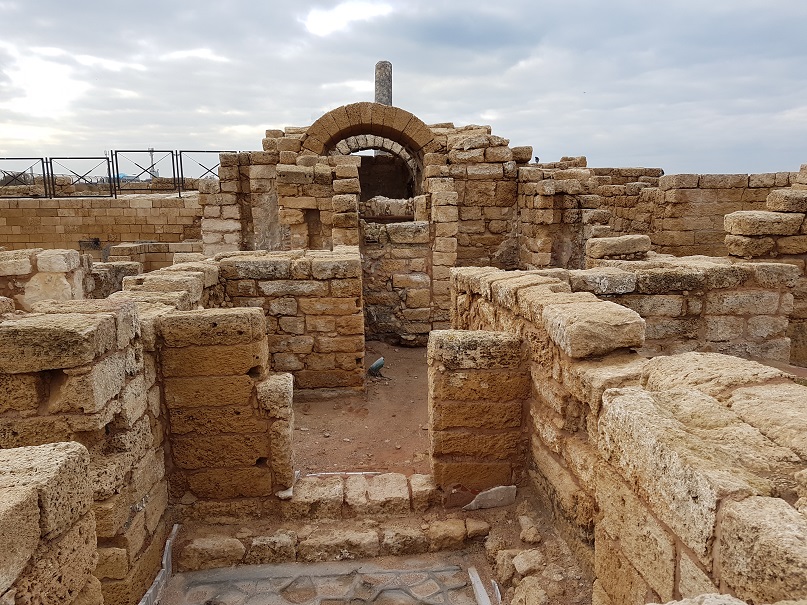



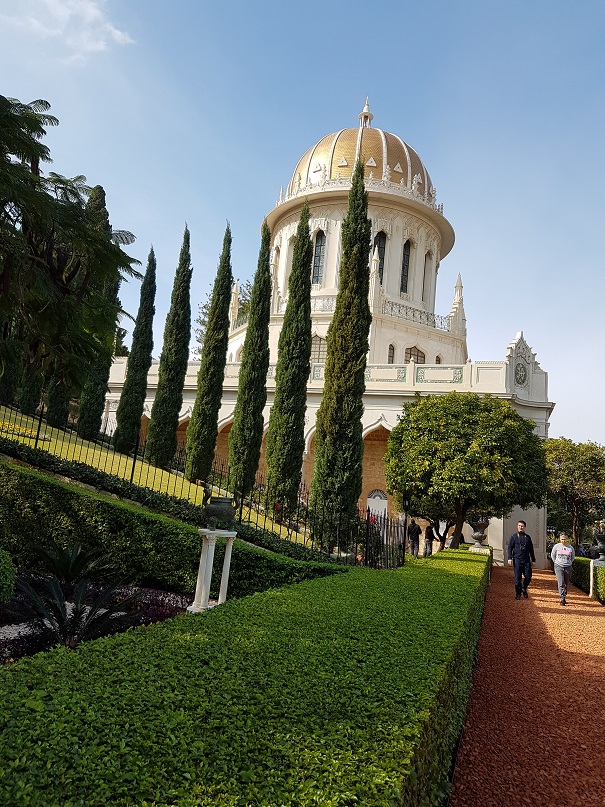
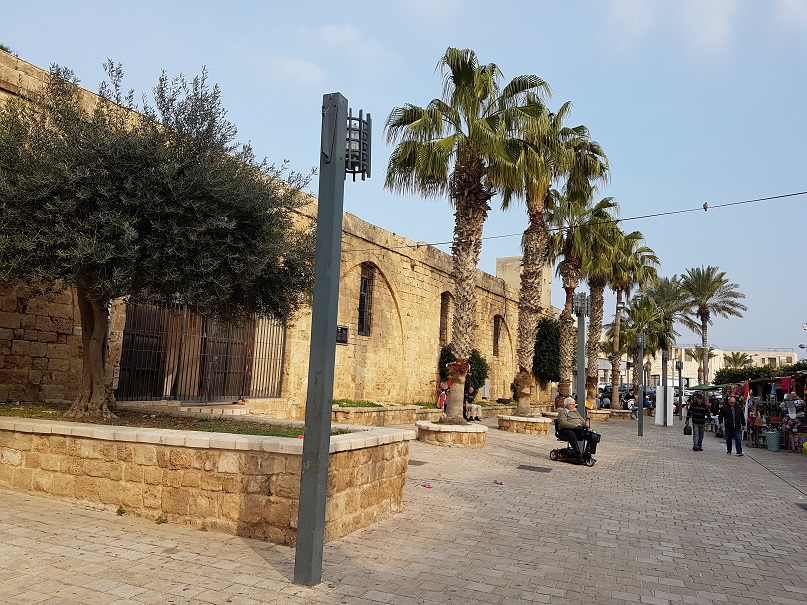




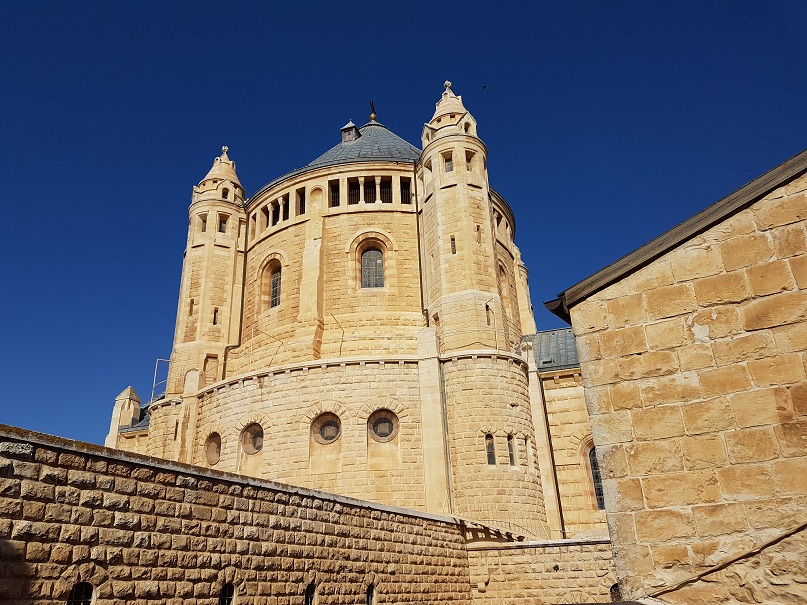



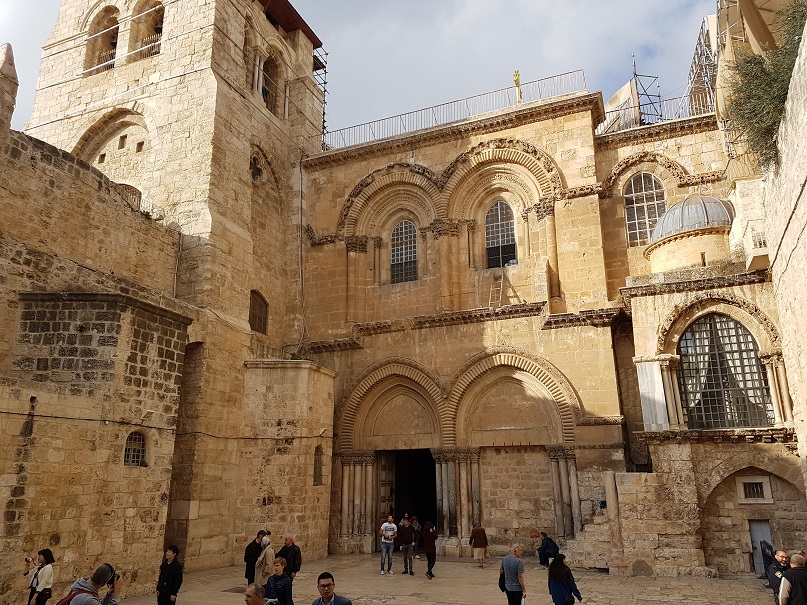
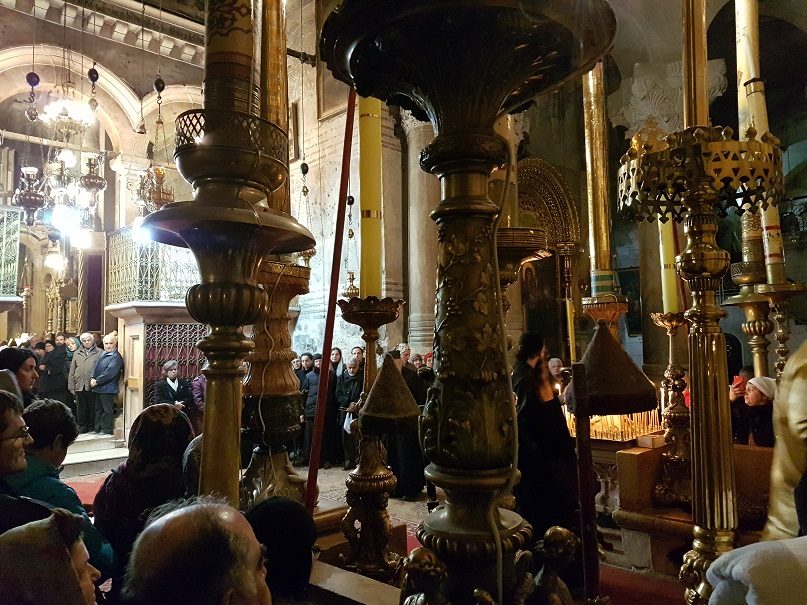

This travel was not organized by InterKulturForum, but Prof. Dr. Maslakova-Clauberg and Dr. Rolf Clauberg participated, as several times before, in a trip organized by "Reisehochschule Zürich".
The first part of the travel was Toledo. From about 531 to 711 Toledo was the capital of the ancient Western Gothic Empire in Spain. In the year 712 the Moors conquered Toledo. In 1085 Alfons VI conquered Toledo as part of the Spanish "Reconquista". Even today the town shows traces of these parts of its history. A further notability in Toledo is the painter "El Greco". He arrived in Spain in 1576 and founded his workshop in Toledo. Even today there exist a few original paintings by El Greco in Toledo.
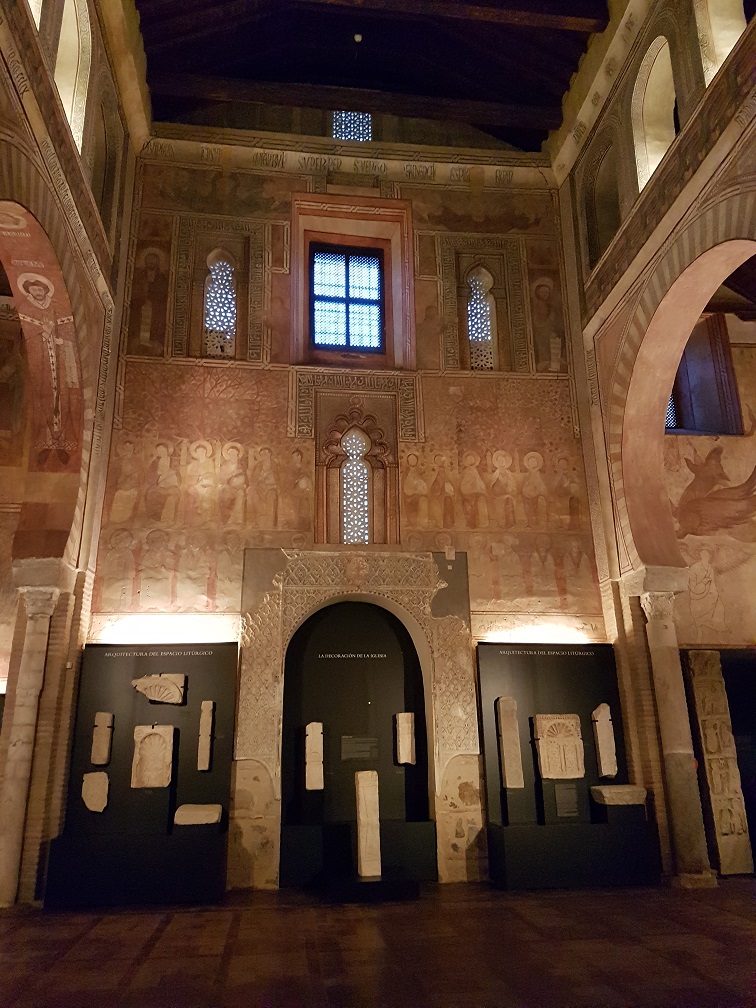

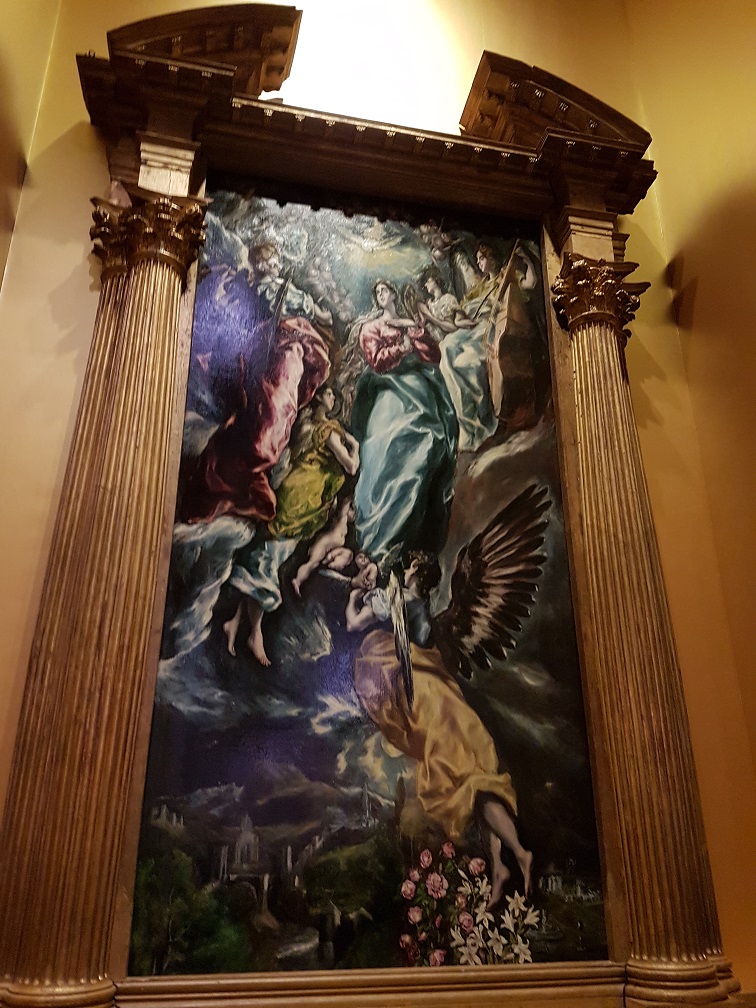
The second part of the travel was Madrid, the modern capital of Spain. Including an excursion to San Lorenzo de El Escorial the palace and monastery outside of Madrid built from 1563 to 1584. Within Madrid the focus was on on the museums Prado, Reina Sofia, and Thyssen-Bornemisza.


